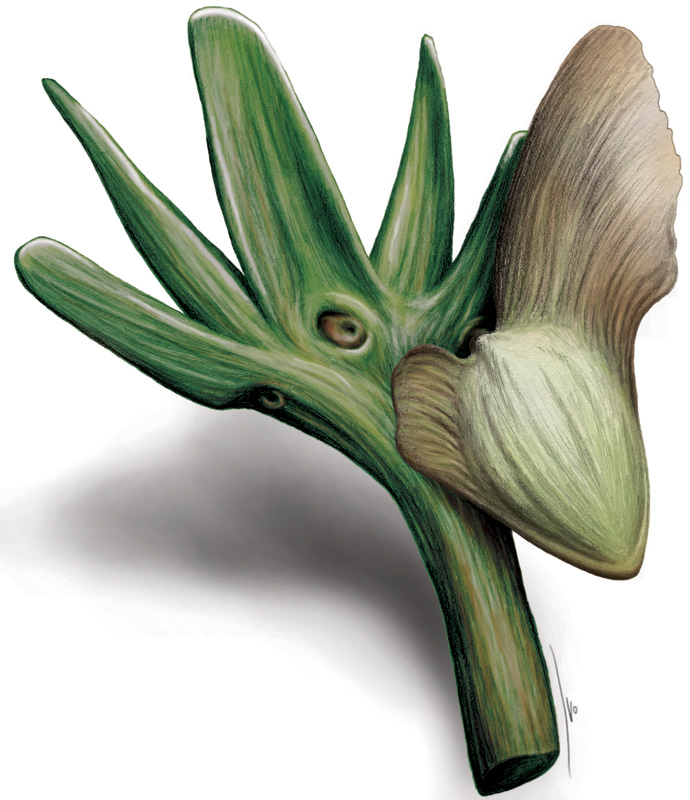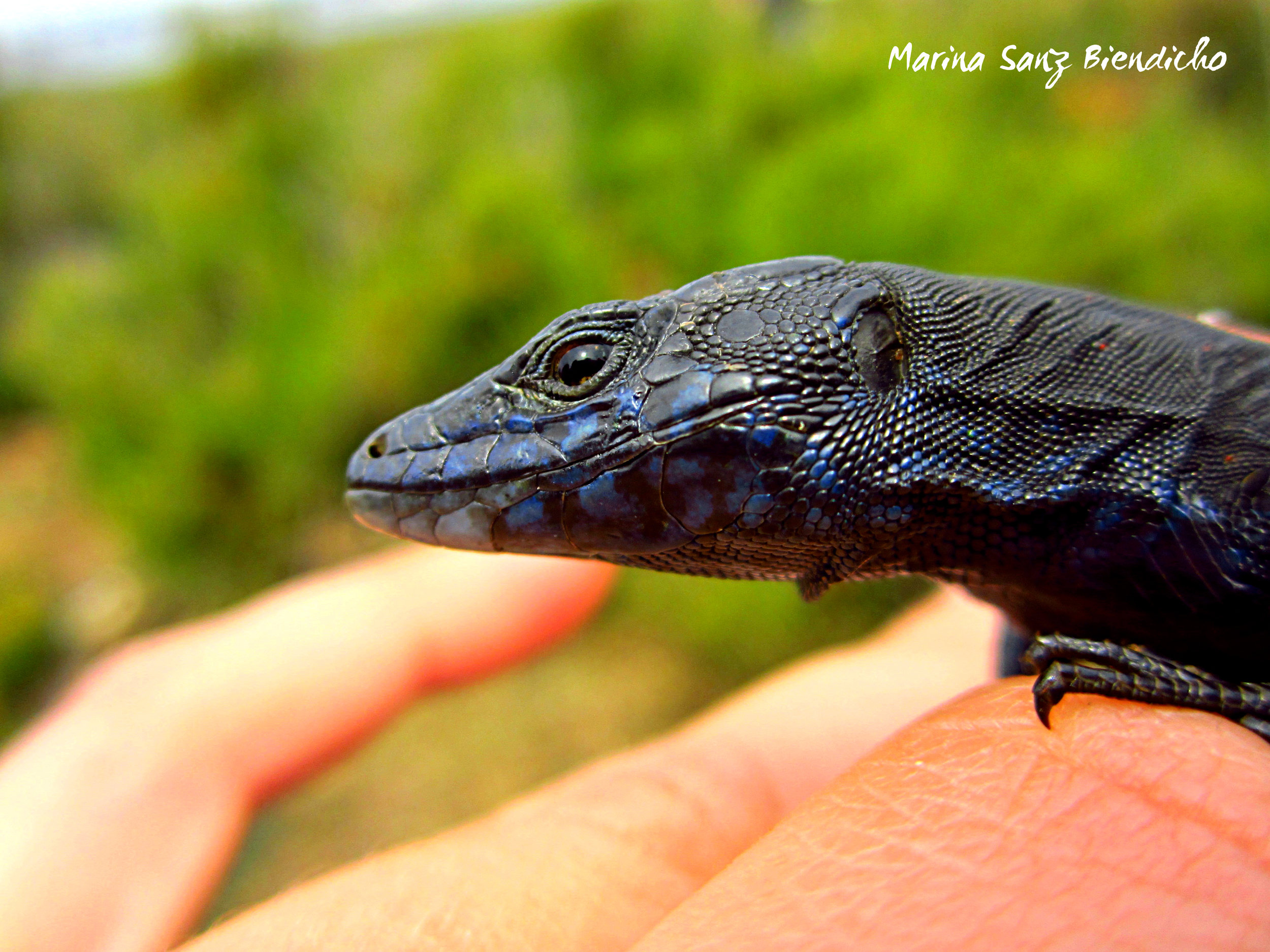Photo Credit: Alex Popovkin [SOURCE]
Life on the ground is tough in the rainforest. There is ample competition and extremely fast rates of decomposition. Anything that can give a plant an advantage, however slight, can mean the difference between death and survival. For a recently discovered plant, this means planting its own seeds.
Spigelia genuflexa was first described in 2011. It was found in northeastern Brazil in an area known as Bahia. It is a small plant, maxing out around 20 cm in height. In actuality, two growth forms have been recognized, a tall form, which produces flowers at heights of 10-20 cm, and a short form that produces flowers at heights of about 1 cm. It has been placed in the family Loganiaceae, making it a distant cousin of the North American Indian pink. It blooms during the rainy season, throwing up a couple of small white and pink flowers. At this point, no pollinators have been identified and morphological evidence would suggest it most often self fertilizes. Overall it is an adorable little plant.
The coolest aspect of this new species is how it manages seed dispersal. S. genuflexa exhibits an interesting form of reproduction called "geocarpy." In other words, this diminutive species plants its own seeds. After fertilization, the flowering stems start to bend towards the ground. In the tall form, the ripe fruits are deposited on the soil surface. The small form does something a bit different. It doesn't stop once it touches the ground. The stem continues to push the fruits down into the soil. This behavior was only discovered after the plant had been collected. Back in the lab, the researchers noticed the flowering stems ducking down under the moss they were growing in. By doing this, the parent plants are helping their precious seeds avoid predation and the myriad other threats to seed survival, thus giving them a head start on germination.
Photo Credit: Alex Popovkin [SOURCE]
![Photo Credit: Alex Popovkin [SOURCE]](https://images.squarespace-cdn.com/content/v1/544591e6e4b0135285aeb5b6/1474402759813-0QW7C1YHT9QR1LWTV1E6/image-asset.jpeg)
![Photo Credit: Alex Popovkin [SOURCE]](https://images.squarespace-cdn.com/content/v1/544591e6e4b0135285aeb5b6/1474431014704-5HF3VTU24OZ8ER8HOWKC/image-asset.jpeg)



![Stevenson, Robert A., Dennis Evangelista, and Cindy V. Looy. "When conifers took flight: a biomechanical evaluation of an imperfect evolutionary takeoff." Paleobiology 41.2 (2015): 205-225. [SOURCE]](https://images.squarespace-cdn.com/content/v1/544591e6e4b0135285aeb5b6/1437657301019-XB4EC6SKTUVRMO77C7XN/image.jpg)








